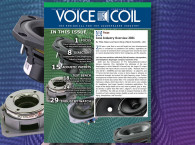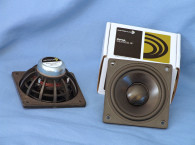
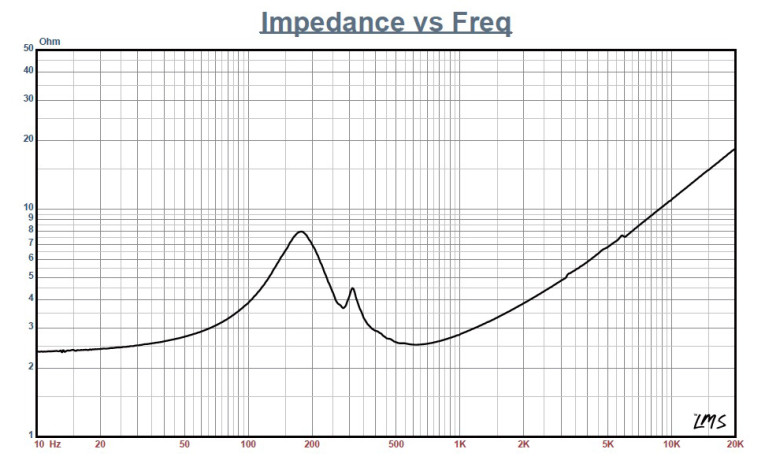
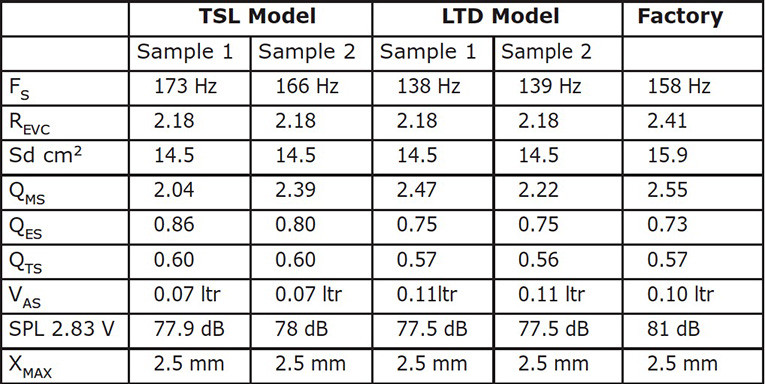
The cone assembly consists of a black anodized aluminum cone, with a 25.4 mm diameter flat aluminum dust cap (directly coupled to the voice coil former), and suspended with a dual NBR surround sans spider (damper) for compliance. Motive force for the cone assembly is supplied by a neodymium slug-type motor. Tinsel leads connect on one side of the cone to a pair of solderable terminals.
I commenced testing the FSA621520-2300 using the LinearX LMS analyzer and VIBox to create both voltage and admittance (current) curves, with the driver clamped to a rigid test fixture in free-air at 0.3 V, 1 V, 3 V, and 6 V. It should also be noted that this multi-voltage parameter test procedure includes heating the voice coil between sweeps for progressively longer periods to simulate operating temperatures at that voltage level (raising the temperature to the first and second time constants).
Next, I post-processed the six 550-point stepped sine wave sweeps for each of the FSA621520-2300 samples and divided the voltage curves by the current curves (admittance) to produce the impedance curves, phase-generated by the LMS calculation method, and imported them, along with the accompanying voltage curves, to the LEAP 5 Enclosure software.
I selected the complete data set, the multiple voltage impedance curves for the LTD model, and the 1 V impedance curve for the TSL model in LEAP 5’s transducer derivation menu and created the parameters for the computer box simulations. Figure 1 shows for the 1 V free-air impedance curve — note the secondary resonance at 310 Hz. Table 1 compares the LEAP 5 LTD and TSL data and factory parameters for both samples.
LEAP TSL parameter calculation results for the FSA621520-2300 were reasonably close to the factory data. As always, I followed my usual protocol and set up computer enclosure simulations using the LEAP LTD parameters for Sample 1. This consisted of an 8.5 in3 Butterworth sealed box with 50% damping material (fiberglass), and a 12.5 in3 Chebychev/Butterworth vented enclosure tuned to 102 Hz with 15% damping material in the box.
Note that I use the simulated fiberglass (R19) selection in LEAP 5 primarily because it is accurate and a known commodity in terms of damping. However, due to its carcinogenic nature, fiberglass is almost never used anymore—although I have seen it in the past few years in the pro market. Most of the damping material used today is either foam or some form of Dacron batting. While LEAP does model polyester, the density is not as well established as fiberglass.
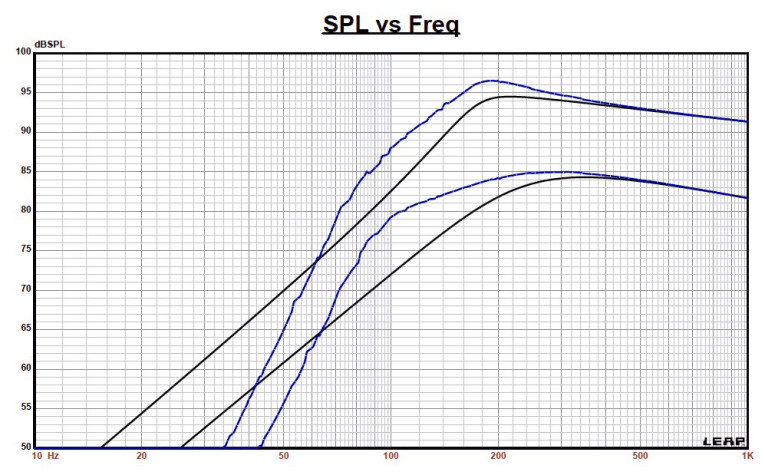

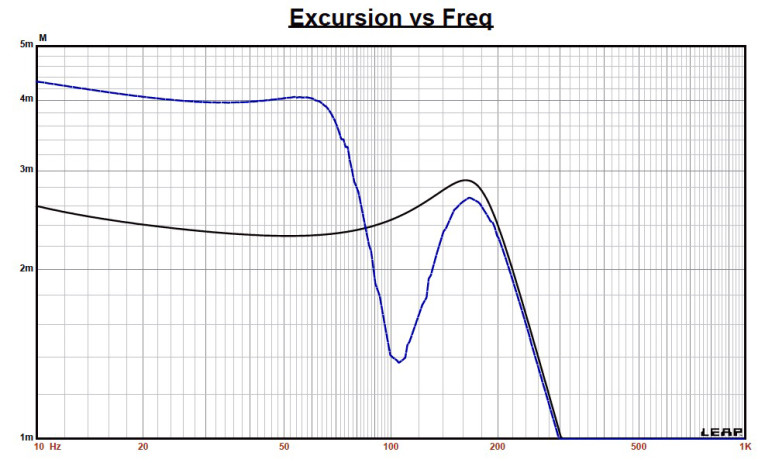
Figure 2 displays the results for the FSA621520-2300 in the sealed and vented box simulations at 2.83 V and at a voltage level sufficiently high enough to increase cone excursion to Xmax + 15% (2.88 mm for the FSA621520-2300). This produced a F3 frequency of 137 Hz (F6 = 98 Hz) for the 8.54 in3 sealed enclosure and –3 dB = 97 Hz (- 6 dB = 67 Hz) for the 12.5 in3 damped Chebychev/Bessel vented simulation. Increasing the voltage input to the simulations until the maximum linear cone excursion was reached resulted in 94.5 dB at 12.2 V for the sealed enclosure simulation and 96.5 dB with the same 12.2 V input level for the vented enclosure (see Figure 3 for the 2.83 V group delay curves and Figure 4 for the 12.2 excursion curves). Again, for the vented boxes, a high-pass filter is highly desirable.
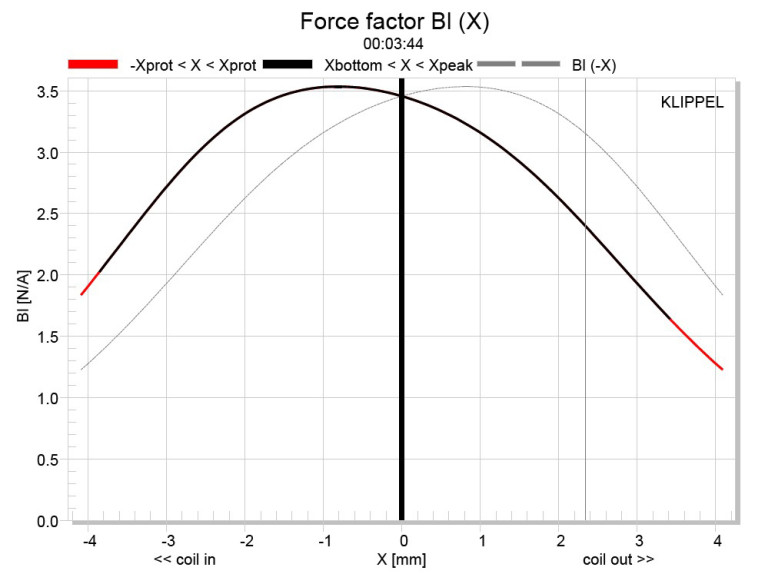

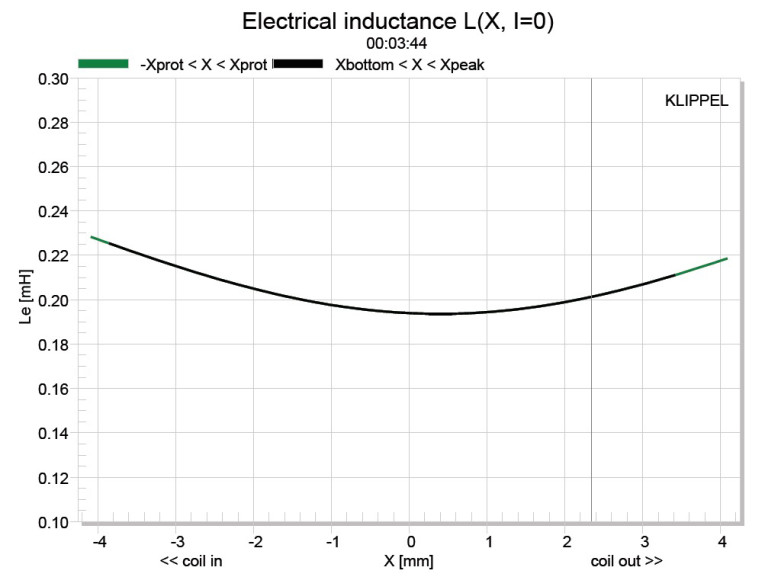
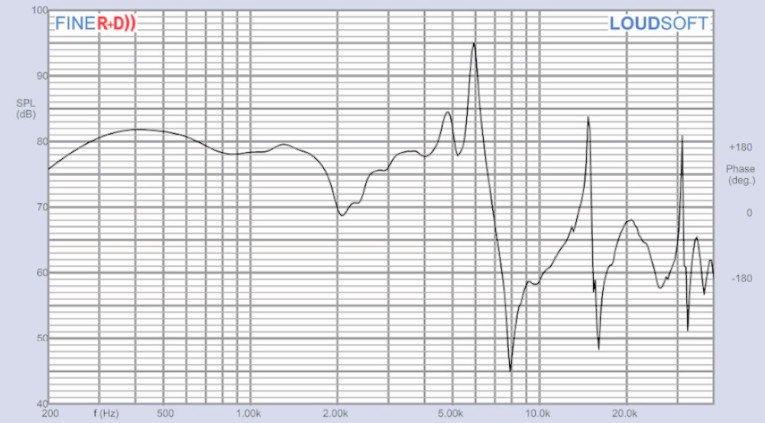


Klippel analysis for the FSA621520-2300 produced the Bl(X) and Kms(X) shown in Figure 5 and Figure 6, respectively. Unfortunately, the driver developed some current limiting issue with our analyzer and could not be curve fit, so the Bl symmetry range and Kms symmetry range curves could not be resolved. However, the Bl(X) curve for the FSA621520-2300 (see Figure 5) is typical for a short Xmax driver and has a small amount of coil-in rearward offset. Looking at the Bl symmetry plot (see Figure 6), this curve shows the Bl curve is somewhat unsymmetrical and centered on about 1 mm coil-in, which in part accounts for the issues it was having. The stiffness of suspension Kms(X) curve is less offset, and fairly symmetrical.
Because of the issues that I experienced trying to measure the driver, the Klippel software was not able to produce any of the usual nonlinear XBl and XC numbers. In voice applications, the FSA621520-2300 should be fine, but there are some obvious low-range issues. However, its strength is that it is very thin and only measures about 0.5” deep from its mounting surface!
Figure 7 gives the inductance curve Le(X) for the FSA621520-2300. Inductance will typically increase in the rear direction from the zero rest position as the voice coil covers more pole area, which is not what happens with the FSA621520-2300’s inductance. However, the inductance variation is only 0.016 to 0.009 mH from the coil-in and coil-out Xmax positions, which is good.
Next, I mounted the FSA621520-2300 in an enclosure, which had a 9”× 4” baffle and was filled with damping material (foam). Then, I measured the transducer on and off axis from 300 Hz to 40 kHz frequency response at 2.83 V/1 m using the 192 kHz Loudsoft FINE R+D analyzer and the GRAS 46BE microphone. Figure 8 gives the FSA621520-2300’s on-axis response indicating a ±8 dB SPL variation from 300 Hz to 6.5 kHz with sharp peaking modes at 7 kHz, 16 kHz, and 31 kHz. While this is a lot of SPL variation, for applications such as talk back devices, it would not really be a problem.
Figure 9 displays the on- and off-axis frequency response at 0°, 15°, 30°, and 45°. Figure 10 gives the off-axis curves normalized to the on-axis response, with the CLIO 180° polar plot (measured in 10° increments) depicted in Figure 11. The two-sample SPL comparison is illustrated in Figure 12, but it looks like there might be some magnet charging differences between the two samples.
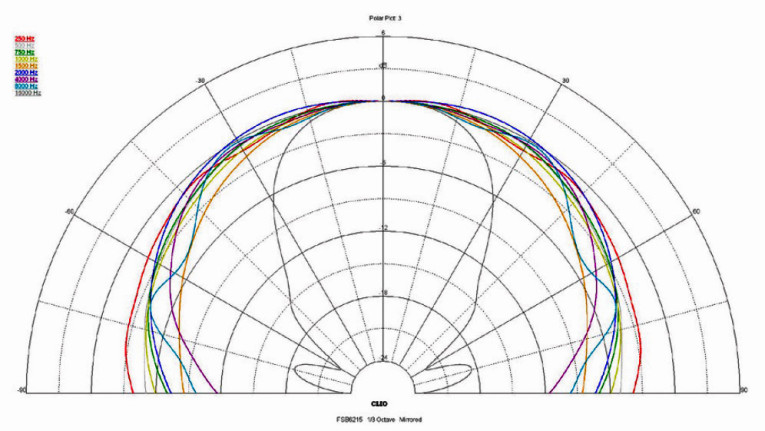
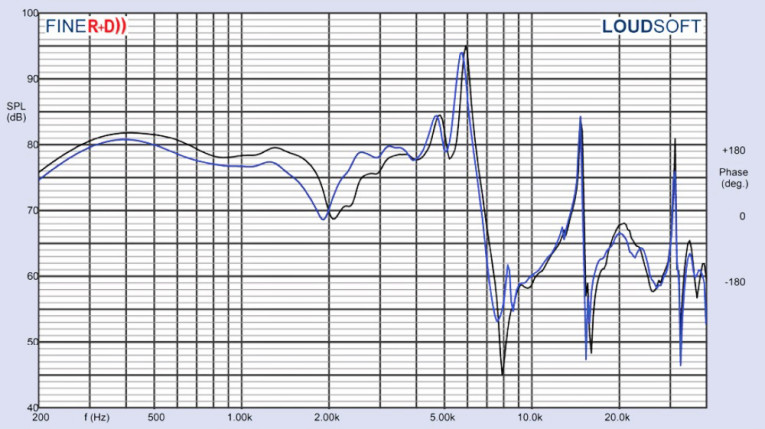
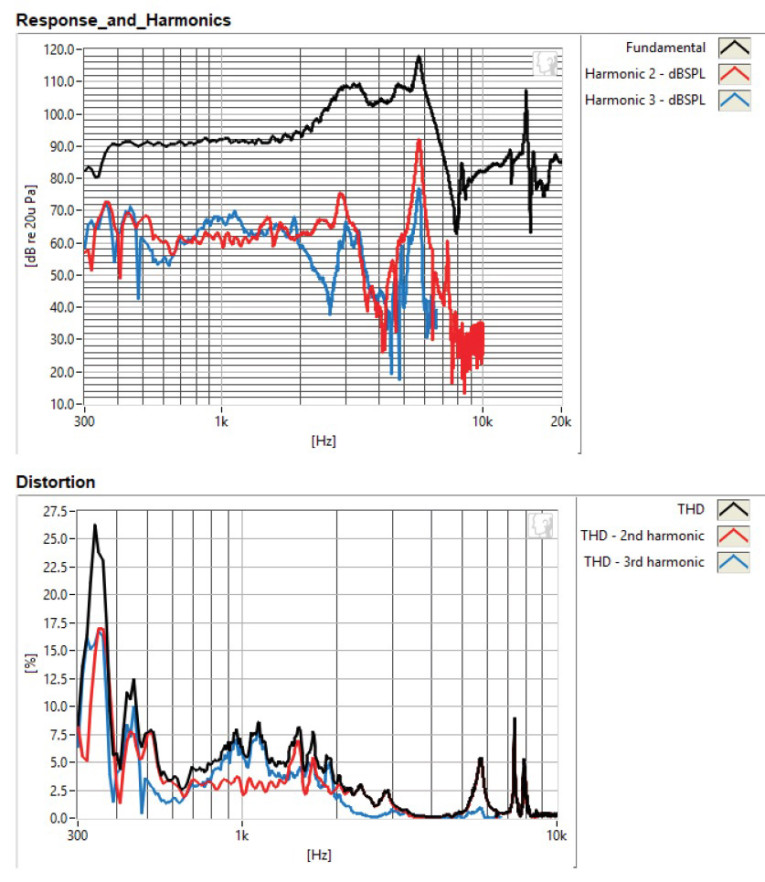


For the remaining series of tests, I employed the Listen, Inc. AudioConnect analyzer operating with SoundCheck 16 along with the Listen, Inc. 1/4” SCM microphone to measure distortion and generate time-frequency plots. For the distortion measurement, I mounted the FSA621520-2300 rigidly in free-air, and set the SPL set to 84 dB at 1 m (3.82 V), using a pink noise stimulus. I then measured the distortion with the microphone placed 10 cm from the dust cap. This produced the distortion curves shown in Figure 13.
I then used SoundCheck to get a 2.83 V/1 m impulse response and imported the data into Listen’s SoundMap Time/Frequency software. Figure 14 shows the resulting CSD waterfall. Figure 15 shows the Wigner-Ville plot.
The performance of the FSB611015-1400 is pretty amazing for this small of a driver, while the FSA621520-2300 seems to have some issues in a full-range implementation but is probably fine in a voice only application. For more information about these micro drivers from Eastech, visit the company’s website at www.eastech.com. VC
This article was published originally in Voice Coil, November 2018.





